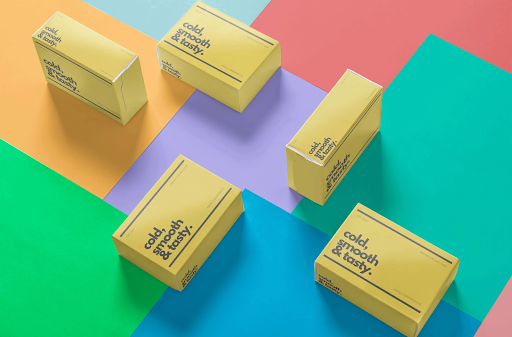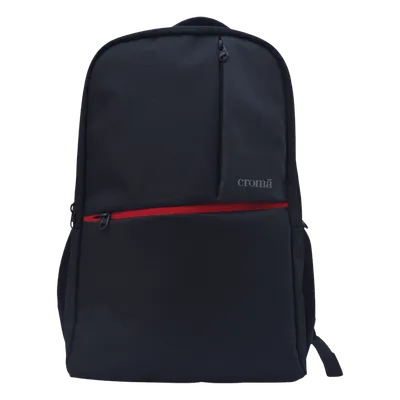
In such a competitive market, with consumers having hundreds of options, packaging has to offer much more than simply holding a product. It is almost always the first thing that buyers notice because sometimes it may serve as a factor in purchase decision-making. Australians gives importance on sustainability, authenticity, and aesthetics, consequently making packaging the zenith in branding and a way to distinguish itself from the masses. Good packaging will do much more than just protect things on the inside; it will say so much about the brand values and reasons, which aligns consciously thinking consumers and forms long-term relationships with them.
The Importance of Packaging Design in Competitive Markets
For a product, the packaging is usually the first physical sight an end-user gets while purchasing something. Followed by reading detailed product descriptions, reviews, or feedback. This first impression sets up the viewpoint of people on brands. Here’s what makes packaging design so important:
- It speaks instantly – colours, fonts, textures and shapes tell the consumer whether the product is premium, sustainable, fun or affordable.
- It speaks about the brand character – minimalist designs speak about elegance and restraint while lively colours tell a different story of dynamism and creativity.
- It persuades buyers’ purchasing behaviour – great design attracts eyes, helps consumers learn about and somehow whet their appetite for an impulsive purchase.
- It differentiates the product from competitors – In many instances, distinctive packaging sets a product apart from counterparts on the market.
In what way does packaging design support brand identity?
Branding is the process of developing your values and how you want customers to perceive you. Packaging plays a crucial role at the many brand touch points in reiterating the message. It assists in branding in the following ways:
- Packaging serves to tell stories, whereby the brand’s origin, mission, or purpose can be portrayed by packaging itself through various graphic elements such as icons, typography, and imagery.
- Consistency is another way packaging can support branding, whereby the building of a brand through colours, typography, and style on-packaging offers instant recognition to customers.
- In connection with this, an emotional attachment created by packaging that will foster either favourable feelings or solve problems (such as resealable pouches) binds a customer far more strongly.
- Trust-building can be ensured by clear labelling, transparent sourcing, or sustainable use of packaging materials.
Practical steps to bring packaging into line with branding:
1. Create brand core values and how they are to be expressed graphically.
2. Select colours and fonts reflecting the personality of the brand. For instance, organic products should go with calm and neutral colours, whereas gym products should have brighter and livelier ones.
3. Emphasise what differentiates you, such as eco-friendly, quality workmanship, or local sourcing.
4. Ensure your packaging designs are aligned with your website and other marketing communication channels to enable customers to experience seamless brand communication.
Packaging Design and Positioning for Competitive Advantage
Positioning revolves around how you want your product perceived against others. Packaging design allows making that perception concrete and memorable.
Elements influencing positioning through packaging design:
- Design hierarchy – What are your eyes drawn toward first? A clean layout with focused messaging will position the product as premium.
- Material choices – Choosing Kraft paper, glass or recycled plastic positions the brand as sustainable or high-end.
- Functional design – Packaging that exhibits easy use positions the brand as customer-focused.
- Visual cues – Colours, patterns and imagery help align the product to a certain lifestyle or aspiration.
Examples of possible packaging positioning strategies are:
- Positioning for premium: Use of metallic foils, embossing of the logo and heavy packaging to woo the very selective consumers.
- Positioning for eco-friendly: Use recycled materials with natural textures and a simple design that speaks directly to all the eco-conscious buyers.
- Positioning youthful and energetic: Bold colours, informal typeface and equally bold shapes to make sure that this packaging would be hard to miss amongst its target shelves.
Practical Market Application for the Australian Markets
Since there is an increasing environmental awareness, emphasis on ethical sourcing, and concern for good aesthetics, packaging that PARALLELS with such ideals could boost the positioning in local markets.
Practical hints for Australian marketers:
- Local relevance: Use design elements that speak of Australian flora and fauna or landscape to resonate with local audiences.
- Sustainability messaging: Make packaging communicate an eco-friendly agenda loudly and clearly to conscious traders.
- Simplify information: Use simple language in explaining ingredient details or instruction for use.
- Focus group testing: Extract from selected customers’ feedback to ensure packaging conveys the right intent.
Avoid these common pitfalls
Even with the best products, packaging can go awry if not consciously aligned with branding and positioning.
- Overly complicated design: Far too much information or decorative elements can wash out the message of the brand.
- Ignoring functionality: A stunning package that was difficult to open or store would only frustrate customers and detract from the visual appeal.
- Inconsistent messaging: When packaging speaks neither the style nor tone apparent in other marketing aids, brand identity suffers.
- The lack of sustainability: The present consumer would hold you accountable for responsible environmental choices. Packaging that neither considers these shall be perceived as outdated and indifferent.
Conclusion
In crowded markets, packaging design means much more than just aesthetics-the strategic tool to create the perception of your brand in the eyes of customers. When it works together with brand and positioning, packaging communicates the value system behind the product, sets the product apart, and handles the buying process. In the Australian market, sellers and marketers are indisputably grateful for clever packaging design as it gives them a distinct advantage for gaining customer trust and building a strong customer brand.
First, decide upon what your brand stands for; then tailor your packaging to represent this message, and constantly test and review this bubbling concoction through customer feedback. The output would definitely be the packaging house you can ever build for your brand.




